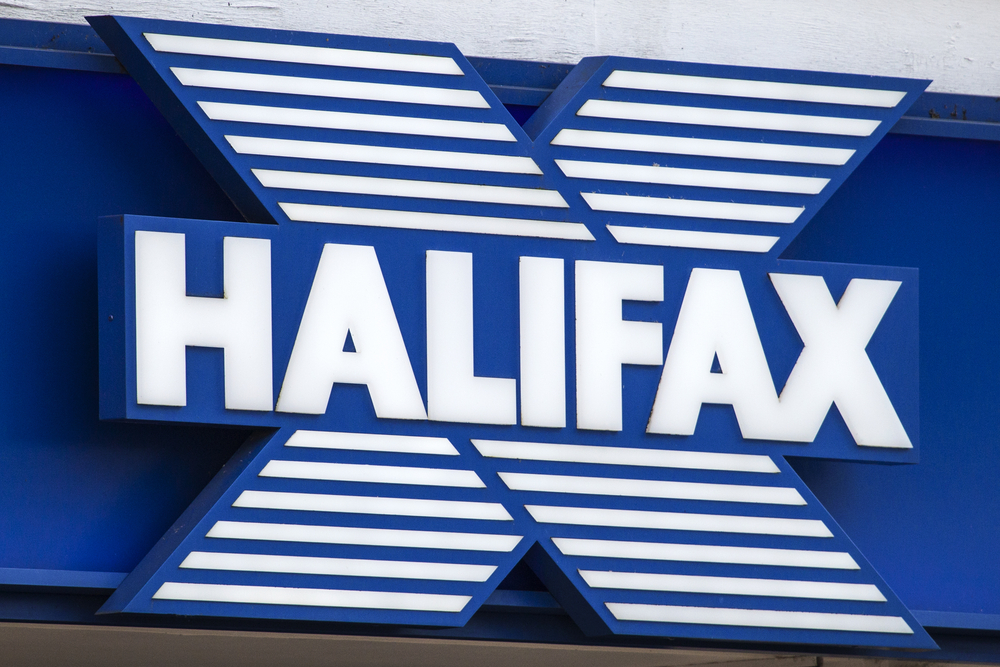
The global transition to net zero emissions requires significant changes across various sectors, including the housing industry. To effectively reduce carbon emissions, it is necessary to retrofit existing homes and change the way new ones are constructed. Governments worldwide have been implementing and proposing various legislative measures to address this challenge, aiming to make homes more energy-efficient and sustainable.
The ”Sunshine Bill” – aiming for solar panel installation in all new builds
The New Homes (Solar Generation) Bill, dubbed “the Sunshine Bill”, is a Private Member’s Bill presented to the House of Commons by Liberal Democrat MP Max Wilkinson, designed to mandate the installation of solar energy generation equipment in new residential buildings, as well as introduce other minimum compliance standards and associated penalties.
Supporters of the Bill hope that its eventual passage will represent an essential step in the UK’s journey towards meeting its net zero emissions targets. By mandating solar installations on new homes, the legislation could support the nation’s environmental and energy independence goals and empower homeowners to generate and sell their own energy, which may, in time, ease the financial pressure associated with rising energy costs.
Lacking key support including from UK Government
The Bill has amassed support from a number of charities, clean energy providers and local authorities. However, some stakeholders have voiced their concerns regarding the costs and practical implications associated with mandatory solar equipment installation. Specific concerns include high upfront costs and the potential negative pressure compliance with the Bill may place on the UK’s supply of housing.
Crucially, the Bill lacks the support of the UK Government. Matthew Pennycook MP, the Minister for Housing and Planning, says that while the UK Government is “extremely sympathetic” to the aims of the Bill, it will not support it due to concerns around the impact on the construction industry and local authorities. Instead, the UK Government intends to announce its own reforms which it sees as a more balanced solution.
Is legislation the solution?
Although the “Sunshine Bill” seems unlikely to make it to the statute book in current form and a second reading is not expected until July, it is interesting to consider how legislation of this type might impact the home finance market.
Impact on Demand and Value of Properties
If the “Sunshine Bill” was passed, it could lead to an increased demand for new build properties, particularly among home buyers who are environmentally conscious or seeking to reduce energy costs. This shift in demand could, in turn, affect the value of existing homes, especially in areas with older housing stock that have lower energy efficiency ratings.
As more new homes are built with solar panels and other energy-efficient features, they may become significantly more attractive to buyers, pushing up demand for these properties.
Conversely, homes without such features may see a relative decline in value, particularly if they are located in poorer areas where affordability could be a barrier to retrofitting, or in areas with older housing stock which is more expensive to retrofit.
This could exacerbate existing inequalities, which home finance providers could look to address through innovation in the green finance market.
Demand for Green Mortgages and New Products
The passage of the “Sunshine Bill” could also drive an increased demand for those green mortgage products which offer preferential terms to customers with new build properties or high EPC (Energy Performance Certificate) ratings. The prevalence of solar panels and other energy-efficient features might even create a new market segment for “super prime” green mortgage products focused on A grade EPC ratings. These products could serve as a unique selling point for both customers and investors who are driven by environmental objectives.
Need for Retrofit and Innovative Solutions
While newer homes may become more desirable and valuable due to their energy efficiency, it is crucial to continue efforts to retrofit existing homes and support customers in making their properties more energy efficient. Failure to do so could result in “stranded assets” and disadvantage certain customer segments including vulnerable customers.
There is a pressing need to enhance retrofit programs to ensure that older homes do not become obsolete or significantly less valuable.
In addition to green mortgages and current solutions, innovations such as property-linked finance could also become increasingly important. These solutions can help ensure maximum accessibility and uptake of energy efficiency improvements, benefiting a broader range of homeowners.
There are other structural challenges which will need to be addressed including skills shortages impacting retrofitting installations. Some homeowners also need further education about retrofitting solutions to help them understand what solutions will work for their home and give them confidence to proceed. Building consumer trust and confidence by streamlining installer accreditations and developing trusted brands could also increase uptake of retrofitting solutions.
Although, questions remain on whether the “Sunshine Bill” may make it onto the statute book, it provides an interesting case study around the potential benefits and pitfalls of driving change through legislation and one that highlights the team effort required to achieve housing related net zero goals. Legislation will be part of the solution, but co-ordination between government and other key stakeholders as well as innovation in the home buying and finance sectors will be critical.
Tom Black is partner at Eversheds Sunderland



